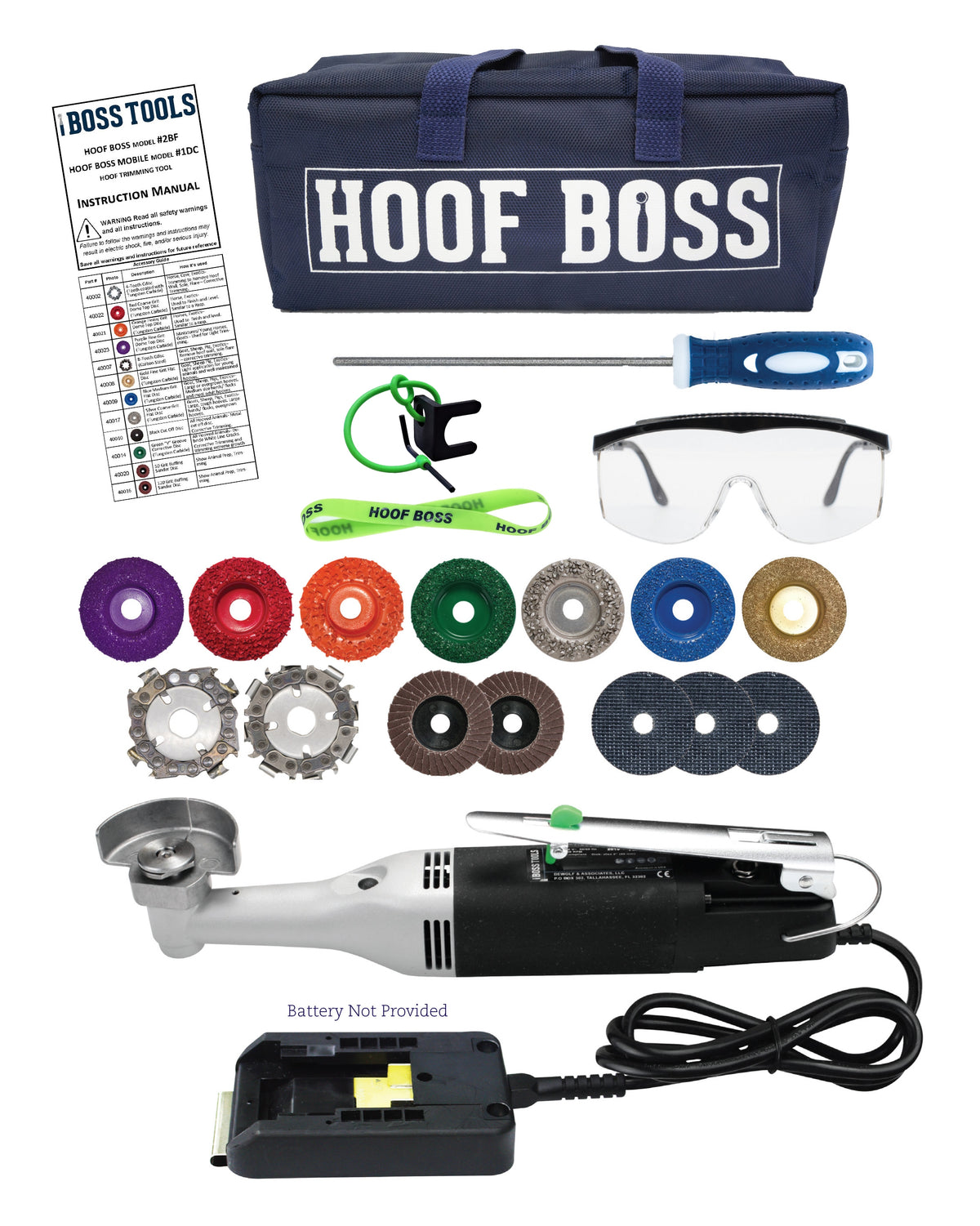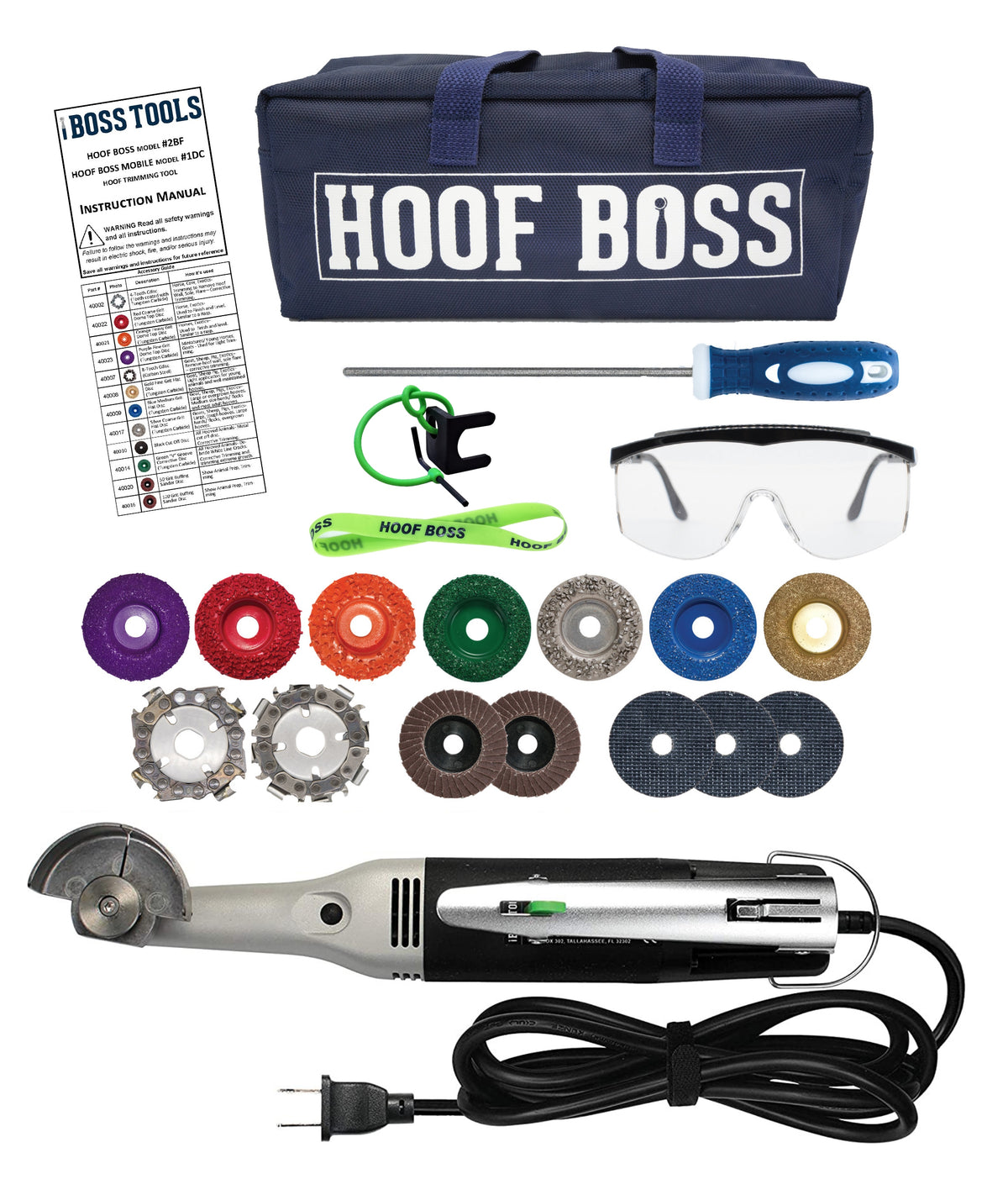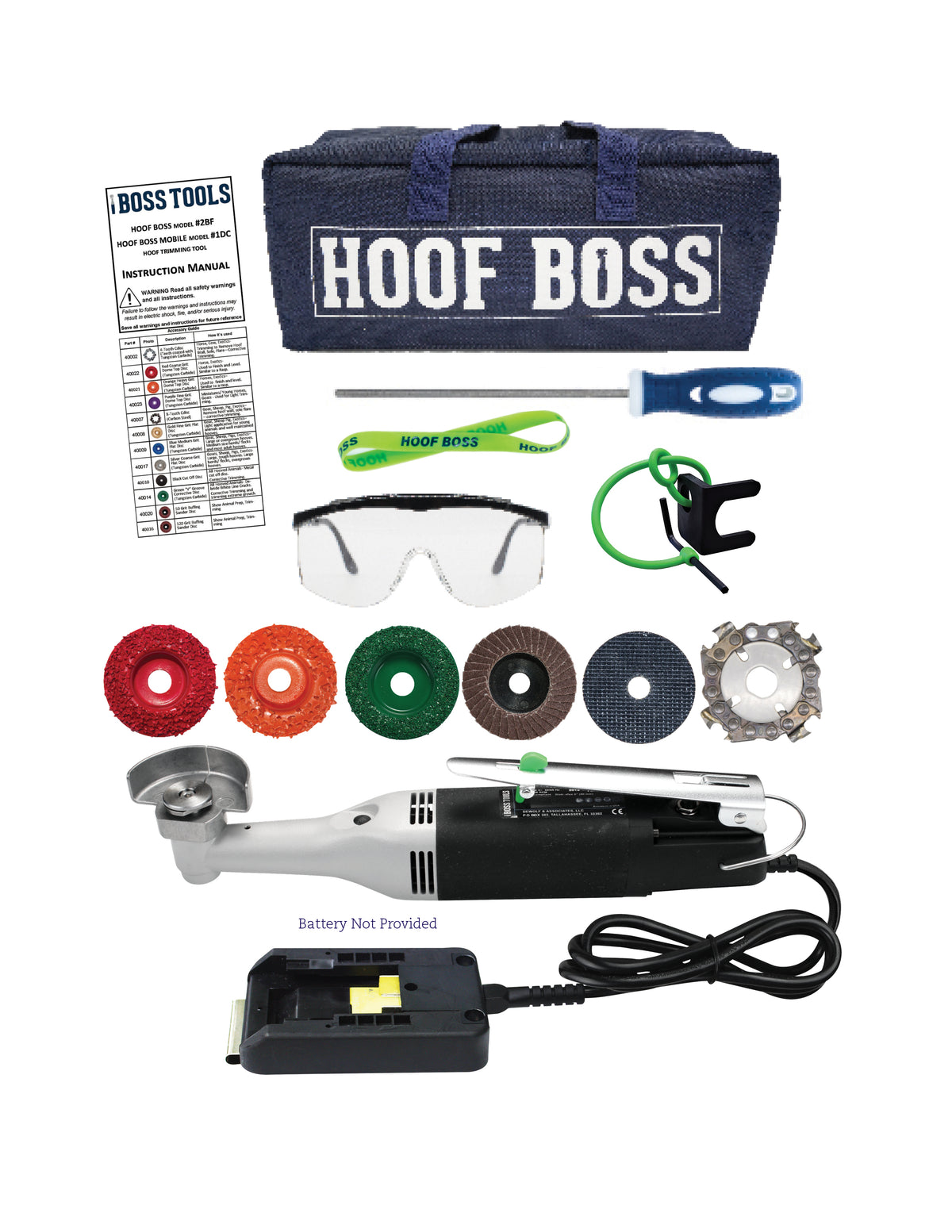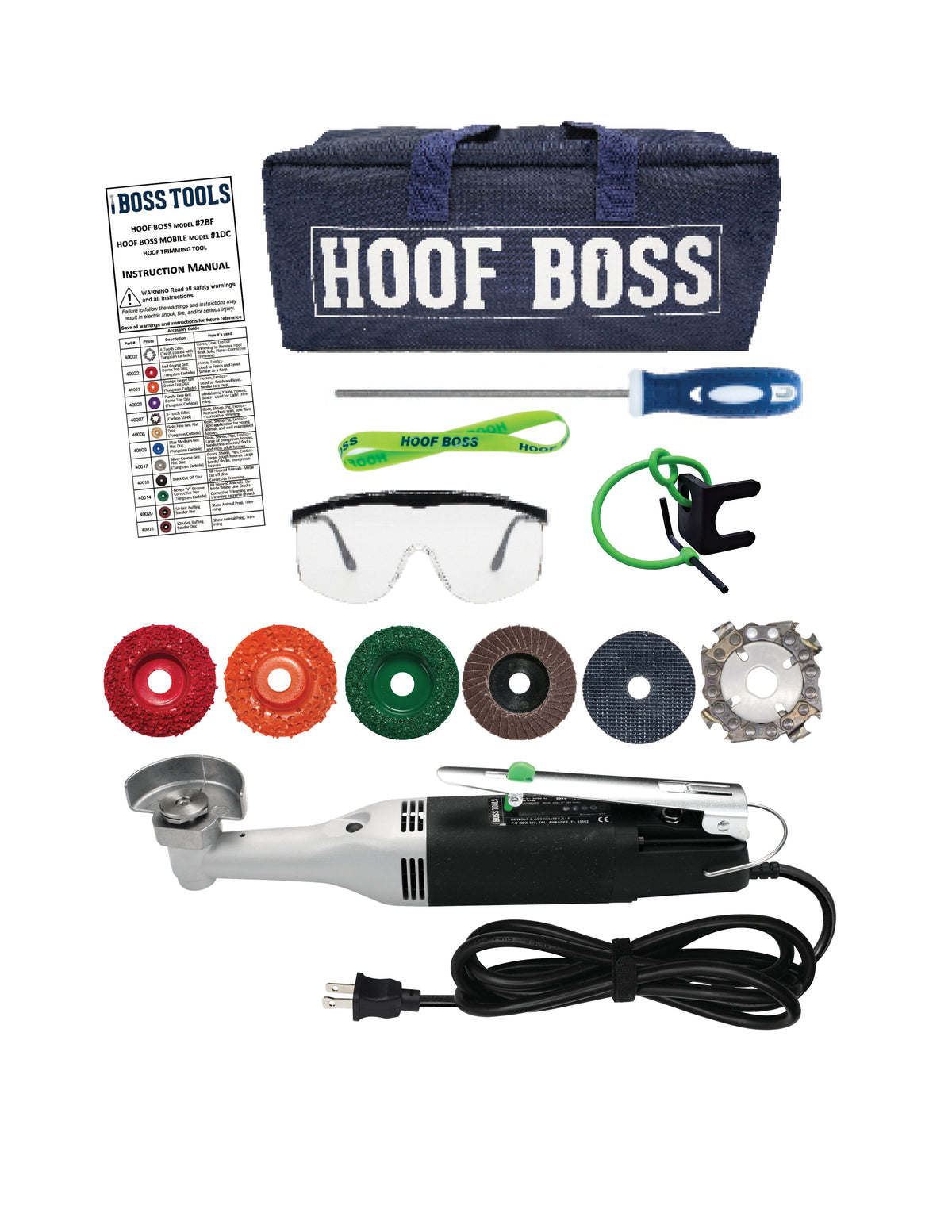Lame pigs that are not exhibiting signs of cuts or bruises and that have not been diagnosed by a veterinarian as having any form of arthritis may be limping due to a foreign object being stuck in their hoof. If you find a foreign object stuck in the hoof and can safely remove it, remove it and see if the pig stops limping. If nothing is found in their hooves, or if they are still limping after removing any found foreign object, then next check the condition of the swine’s hooves and dewclaws. In order to get a good look at the condition of the pig’s hooves and dewclaws, wash them both thoroughly using clean water and a clean soft cloth to wash off any dirt or debris. After you have washed and dried all parts of their hooves, stand your pig up on all four hooves on a clean, dry, level surface and check the condition of the hooves and dewclaws by looking at each individual foot closely. We reached out to one of our friends in the swine hoof industry, Professional Swine Farrier Sarah Price for advice as to what pig owners should be looking for first in their pig’s overgrown hooves and dewclaws when trying to determine the cause of their pig’s lameness. Price advises, “When looking at hooves and dewclaws that are heavily overgrown, it is important to first assess if there are any infections like bush foot or foot rot, to what extent, as well at checking for open sores or abscesses.”
If you see that any of the dewclaws are swollen and extremely painful around the coronary band, your pig may have bush foot. This infection of the dewclaw causes the claw to become swollen and very painful around the coronary band. The fusiformis bacteria cause the infection and can enter the pig’s body through the sole of the foot, a split hoof, or through cracks at the sole-hoof junction. Usually, it occurs in only one foot and is mostly seen in the hind feet, especially the outer dewclaws, which are the larger of all of the pig’s dewclaws and carry the majority of the swine’s body weight. Sometimes the infection gets into the swine’s body by penetrating the soft tissues between the dewclaws and is referred to as foot rot. Bush foot and foot rot are both bacterial infections and will require an immediate trip to the veterinarian to be treated to keep the infection from spreading.
If no splits are found in their hooves or soles and there are no signs of infection or open sores, next check to see if your swine’s hooves are overgrown. If so, this could very well be what is making your pig lame as overgrown hooves and dewclaws will both cause your pig to be out of alignment and off balance. If you pig’s hooves are indeed overgrown, their feet will need to be properly trimmed. You can trim them yourself, or have a professional swine farrier trim them for you. Price advises, “When working with lame pigs with overgrown hooves, it is important to balance the walking surface of the hoof. Simply removing excessive hoof length with some type of horse hoof nippers and neglecting to pay attention to filing or using a similar tool to fix the walking surface can result in damaged hooves over time.”
To keep your swine’s hooves healthy in between trims to help prevent lameness, Price suggests, “The best thing any pig owner can do for their pigs and their hooves is to have a large area with pavers or a slab and walkway that have a fine, coarse finish. Have these areas be frequently used by your pig(s) and instead of feeding your pig(s) in a bowl or in one stationary location, spread their feed on the ground over a decent sized area so they have to move around and find it. Spread it on grass/dirt as well as the cement area, this will encourage natural behaviors for the pigs as well as helping to keep them fit and mentally stimulated.”
You should also check your pig’s entire foot for unusual growths, including between their toes, for unusual growths. Have anything suspicious you find on your swine examined by a veterinarian. If no lumps or bumps are found on the pig’s feet, then have your pig take a walk and observer their gait as it walks. A more in-depth examination by a veterinarian will be necessary if your animal appears to be in pain and you cannot find any outward signs of injury or infection. Your pig may have a serious condition that needs to be treated immediately. Be a responsible pig owner and get your pig the professional health help they need by using a licensed veterinarian instead of trying to diagnose and treat your animal yourself using the internet. Your pig’s life may be on the line and need expert help. Only your vet will know for certain what the best course of action to take to make your pig well again. They may need to run further tests to determine if your pig has a fracture, brake, torn ligament or tendon, or a condition such as arthritis.
Arthritis is another major cause of lameness in swine. From the piglet to the mature pig, to the fit pig to the obese pig, arthritis is an equal opportunity disease – no pigs are immune and any can be stricken with this painful condition at any time. The major types of arthritis that our pigs may become afflicted with are: osteoarthritis, rheumatoid arthritis, septic arthritis, and traumatic arthritis.
Whether you are a first-time pig pet parent or a seasoned swine aficionado, enjoying a lifetime of pig ownership can be both fun and challenging. Keeping your pig pal happy can be attained by helping keep them as healthy and pain free as possible. You’re their first line of defense in maintaining your swine’s health and can help prevent lameness through proper hoof health care. If lameness does occur, you are your pig’s best friend in helping them get the right diagnosis as well as treatment to make them as comfortable as they possibly can be. A comfortable, pain-free pig is a happy pig.
Here's more tips on keeping your pig cool during the summer months.




